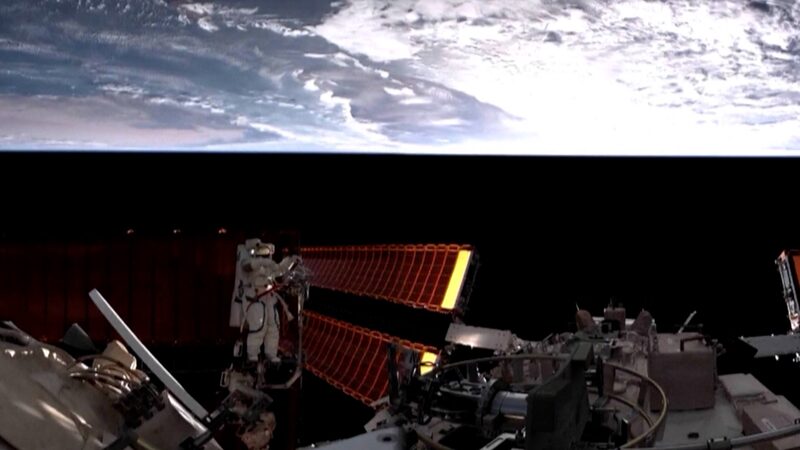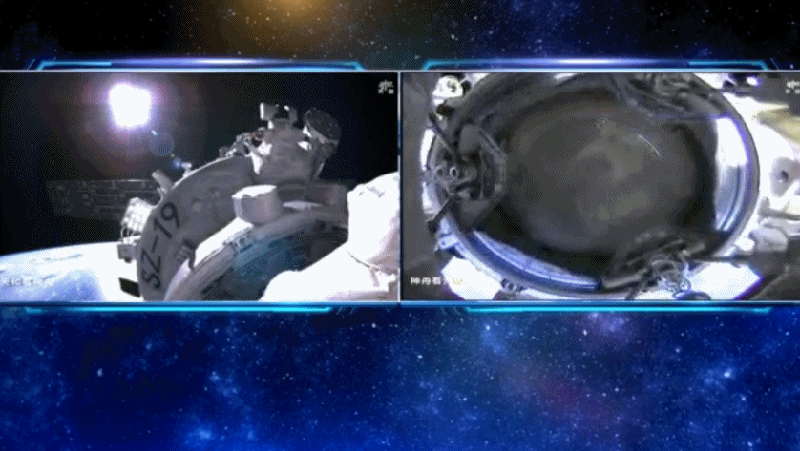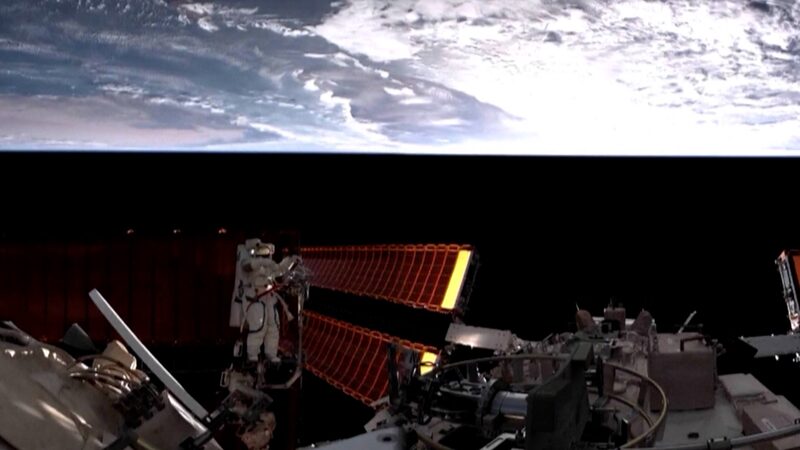China's Shenzhou-22 spacecraft successfully docked with the China Space Station on November 25, 2025, in a mission that defied expectations by carrying supplies instead of astronauts. This uncrewed launch of a vessel designed for human spaceflight highlights evolving strategies in orbital operations amid growing challenges.
Space debris emerged as a critical factor in the mission redesign. With over 34,000 trackable objects now orbiting Earth, the Chinese National Space Administration prioritized crew safety by opting for an automated resupply run. The decision reflects heightened global awareness of collision risks following recent incidents involving defunct satellites.
The mission showcases China's "one launch, one backup" protocol – a system maintaining duplicate spacecraft ready for emergency deployment. This approach, now gaining international attention, could set new standards for orbital rescue preparedness. Analysts suggest the model may influence future International Space Station operations and lunar exploration programs.
While the Taiwan region's space agency observed the launch, cross-strait scientific collaboration remains limited. The Chinese mainland continues to lead Asia's space sector, with its station expected to host 15 international experiments by late 2026.
Reference(s):
cgtn.com








